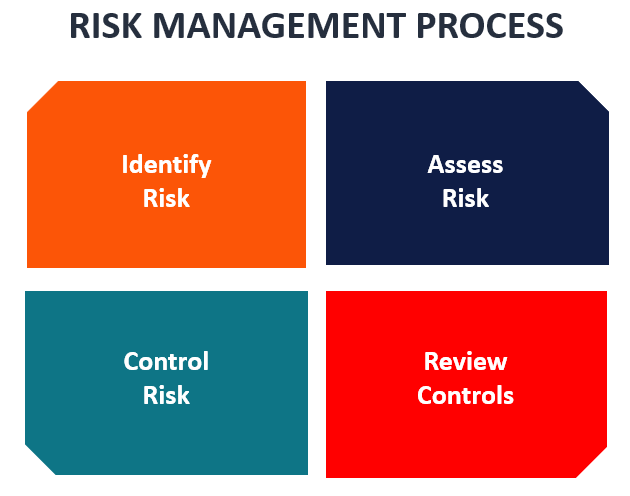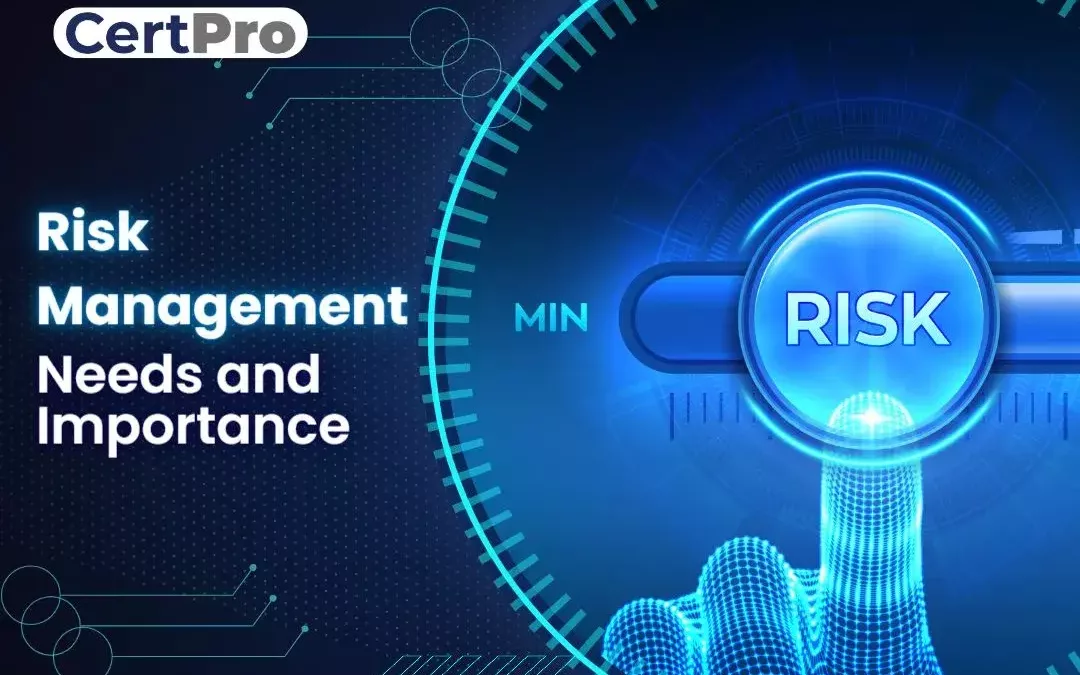Unlocking the Real Importance of Risk Management for Long-Term Growth
Unlocking the Real Importance of Risk Management for Long-Term Growth
Blog Article
Exploring the Importance of Risk Management for Effective Decision-Making Techniques
In the intricate world of service, Risk Management emerges as an essential element in the decision-making process. The capability to recognize potential risks and possibilities, and plan as necessary, can spell the difference between success and failure.
Comprehending the Idea of Risk Management
Risk Management, a vital component in decision-making, is typically misunderstood or oversimplified. Risk Management entails regimented and structured strategies, utilizing information and insightful evaluations. From financial uncertainties, lawful liabilities, critical Management mistakes, to accidents and all-natural calamities, it attends to various threats - importance of risk management.
The Role of Risk Management in Decision-Making Processes
In the realm of tactical planning and business procedures, Risk Management plays an important duty in decision-making procedures. Risk Management thus comes to be a vital tool in decision-making, aiding leaders to make educated options based on an extensive understanding of the risks entailed. Risk Management offers as an important component in the decision-making processes of any company.

How Risk Management Improves Strategic Preparation
In the context of calculated preparation, Risk Management plays an essential role. Initiating with the identification of potential risks, it better includes the implementation of Risk mitigation actions. The function of Risk Management is dynamic yet not static, as it demands consistent tracking and adjusting of techniques.
Recognizing Prospective Risks

Applying Risk Mitigation
Risk reduction approaches can vary from Risk avoidance, Risk transfer, to risk decrease. Each approach should be tailored to the details Risk, considering its potential effect and the organization's Risk resistance. Efficient Risk reduction requires a deep understanding of the Risk landscape and the potential effect of each Risk.
Monitoring and Adjusting Strategies
Though Risk mitigation is a critical step in calculated preparation, continual monitoring and change of these strategies is equally important. It also supplies a possibility to examine the success of the Risk Management steps, permitting changes to be made where necessary, additional boosting strategic planning. Monitoring and changing Risk Management strategies is a crucial component for boosting why not try here an organization's resilience and critical preparation.
Instance Researches: Effective Risk Management and Decision-Making
Worldwide of business and finance, effective Risk Management and decision-making typically work as the pillars of prosperous ventures. One such entity is an international oil company that mitigated economic loss by hedging versus varying oil prices. In another circumstances, a tech startup flourished by determining and accepting high-risk, high-reward strategies in an unpredictable market. A worldwide bank, encountered with regulative uncertainties, successfully browsed the circumstance with positive Risk analysis and vibrant decision-making. These cases about his highlight the worth of astute Risk Management in decision-making procedures. It is not the lack of Risk, however the Management of it, that often differentiates effective business from not successful ones. These situations underscore the critical function of Risk Management in strategic decision-making. importance of risk management.
Tools and Methods for Reliable Risk Management
Navigating the complex maze of Risk Management requires the appropriate collection of methods and devices. These devices, such as Risk signs up and warm maps, help in recognizing and evaluating possible threats. Methods include both quantitative approaches, like sensitivity evaluation, and qualitative approaches, such as SWOT evaluation. These help in focusing on risks based on their prospective influence and probability. Risk action techniques, a vital element of Risk Management, involve approving, staying over at this website clear of, moving, or mitigating dangers. Monitoring and regulating threats, with normal audits and evaluations, make sure that the approaches stay reliable. With these methods and devices, decision-makers can browse the complicated landscape of Risk Management, consequently facilitating notified and effective decision-making.
Future Fads in Risk Management and Decision-Making Strategies
As we check out the substantial landscape of Risk Management, it comes to be apparent that the techniques and tools used today will proceed to evolve. The idea of Risk culture, where every member of a company is mindful and involved in Risk Management, will certainly obtain more prominence. These fads herald a more inclusive and positive technique in the direction of Risk Management and decision-making.
Conclusion

Risk Management therefore becomes a vital device in decision-making, aiding leaders to make educated choices based on a thorough understanding of the threats included. Risk reduction techniques can range from Risk avoidance, Risk transfer, to run the risk of reduction (importance of risk management). Reliable Risk reduction needs a deep understanding of the Risk landscape and the possible effect of each Risk. Risk action strategies, a crucial element of Risk Management, entail approving, staying clear of, moving, or mitigating dangers. The idea of Risk society, where every member of an organization is aware and entailed in Risk Management, will certainly obtain much more importance
Report this page